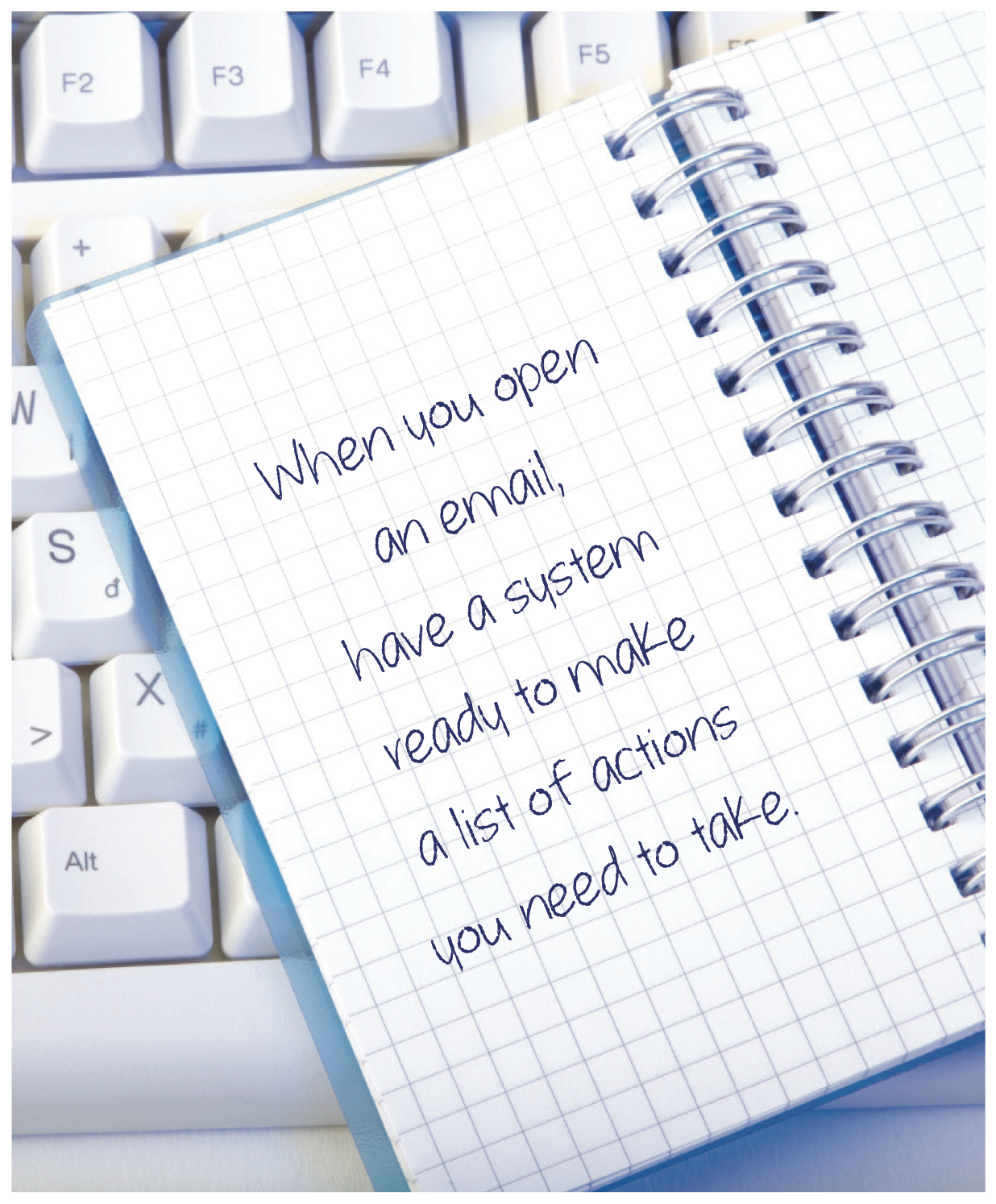Multifamily Blogs
5 Quick Email Tips For Apartment Managers
5 Quick Email Tips For Apartment Managers
 There are lots of big, long term things you can do to impact your marketing, but there’s also small fixes and habit changes that can positively impact your effectiveness. Implement these 5 things today and it can increase your productivity, traffic to your website and streamline your work flow.
There are lots of big, long term things you can do to impact your marketing, but there’s also small fixes and habit changes that can positively impact your effectiveness. Implement these 5 things today and it can increase your productivity, traffic to your website and streamline your work flow.
1) Always reread your email before you click send.
This seems basic, but lots of people don’t do it. It may take an extra few seconds to skim and reread, but it’s faster than having to undo a miscommunication. Whether you are interacting with a resident, a prospect or a manager above you, it’s important to communicate clearly and simply – and ideally with as few errors as possible. Of course, some minor spelling errors can be overlooked, but sometimes a small typo can change meaning, so take 1 minute and reread before you send.
2) Put your community web address in your email signature.
Again, this seems basic, but unfortunately, it’s often overlooked. Whether you are communicating with prospects or current residents, your website should have content that is valuable for both. Always make it as easy as possible for people to get to your website and share your website. Ideally, it has great photos of your community and has all types of current information about prices, community events and even a Frequently Asked Questions.
3) Use “if/then” statements.
This is another way to communicate clearly and offer specific action steps for the recipient. This is a great tip I heard about from Tim Ferris, author of The 4-Hour Work Week. My work week is still over 40 hours, but this little tip has helped me use email more effectively. Here’s some examples of how you could use “if/then” statements in emails:
To a prospect: “Are you available to schedule a tour for Friday at 3pm? If not, let me know a specific time that would work for you during the hours of 9-6pm.”
To a co-worker or regional manager: “Do you have the new photos from the photographer? If not, when can we expect them?
To a resident: “Thanks for asking about our pet policy before you adopted a new cat. If you are going to get a pet, then you’ll need to fill out our pet policy addendum. If you stop by the office on Saturday, then I can give you a copy.”
4) Keep your message focused.
Big blocks of text are hard to read or digest easily. Again, whether you are communicating with residents, prospects or internally with someone you manager or who manages you, keep the point of your message clear.
Make the subject line specific to the information or action needed. Use bullet points whenever possible. Add space between paragraphs.
Don’t use vague phrases that will require the recipient to email you and ask more questions before they can take action.
For example saying “the washing machine isn’t working” doesn’t give enough information. That ends up requiring another round of emails back and forth to understand the specifics of what isn’t working, what happened when you tried it and what you need to solve the problem.
5) Take action & organize next steps.
When you open an email, have a system ready to make a list of actions you need to take. Whether it’s digital or just paper and pen, be ready to organize and keep track of things you need to do based on your emails. If it makes sense for your responsibilities, make separate lists based on type of action.
 For example, list all vendor-related actions in one column, all actions to delegate in another column, and resident related actions in another column, etc. You may want to order your tasks by priority or deadlines.
For example, list all vendor-related actions in one column, all actions to delegate in another column, and resident related actions in another column, etc. You may want to order your tasks by priority or deadlines.
Approach your inbox as a task list, instead of a chaotic monster. Reply immediately if you can, and if not, write down a clear action you need to take to be able to follow-up or complete a request.
Don’t just write: “pest control #111.”
Instead write: “Call to schedule pest control for Tuesday. Unit #111.”
This will help you reduce the chaos in your office and help you stay on top of resident requests. And of course when residents have their needs met and don’t have to keep bothering you until something gets done, they stay happier and they stay in your community.
Using email effectively and improving your communication skills is good for your career, can reduce wasted time and can make it easier for you and your staff to work together and serve your residents.
Implement these simple tips today and experience immediate improvements in your productivity and work flow, while also possibly drawing more traffic to your website. It’s a win/win all around.


